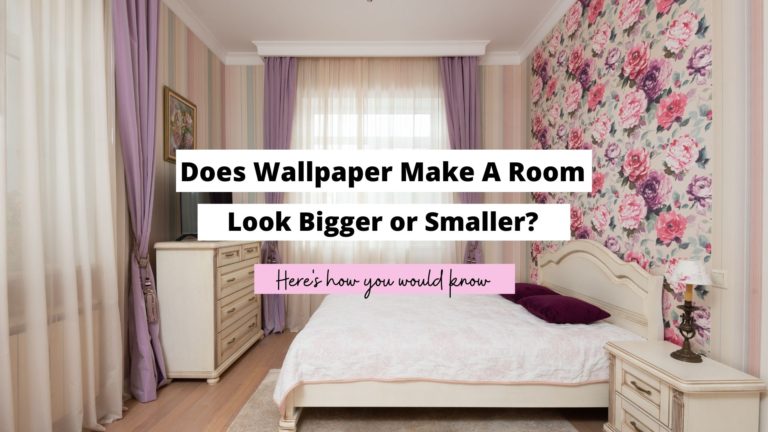Should Furniture Be On The Rug? (Placement Guide)
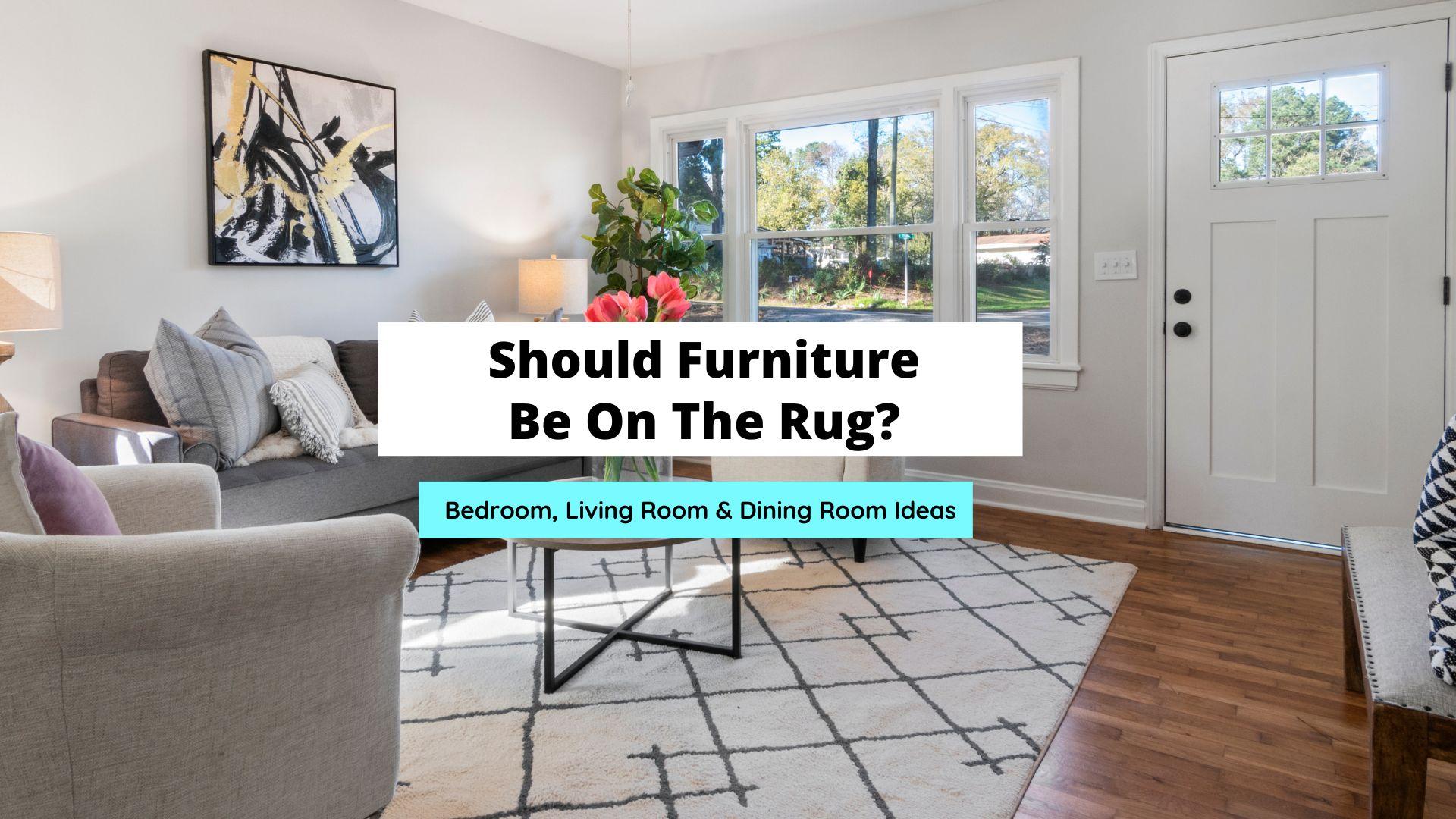
You have finally bought that rug you have been dying to have in your home.
You want to make it an eye-catching decorative piece, but you have no idea what works or not regarding the placement of the rug and I’m sure you’d hate to mess it up.
So, you find yourself in a big dilemma – should furniture be on the rug or off?
It’s highly recommended to place furniture on the rug for creating a well-balanced and cohesive space. Most furniture pieces tend to look best placed on the rug as the rug acts as an anchor to draw the pieces together. In cases of small rugs, just the front two legs should be placed on the rug.
There are no exact rules you need to follow but you can merely use these suggestions as guidelines to help create a space that looks pleasant and attractive but which will also be approved by designers.
To make it as easy and straightforward as it can be, in this guide, you’ll find different furniture and rug placement options for each room of your home.
They are as follows:
Table of Contents
Essential Rules For Placing Furniture On Rugs
Bedroom
A rug in the bedroom provides cushioning and warmth for your feet when you step out of bed and I’m sure we all can attest to how useful this is during those icy, cold mornings.
Now with bedrooms, there are many possible areas and locations that will influence these factors.
For instance, you’ll want to take a look at the size, type, and purpose of the rug.
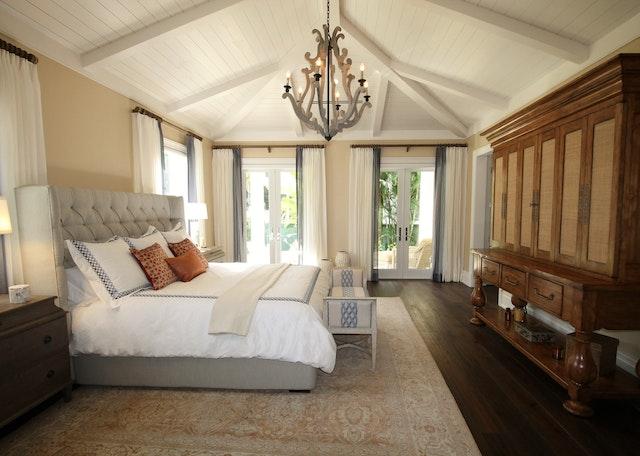
For area rugs, there are a few useful rules to apply when placing a rug in the bedroom:
- The rug should go underneath the bed, covering two-thirds of the bed.
- It should extend at least 18 inches on either side of the bed if it is a queen or a king-size bed.
- The rug should also extend out from the bottom.
- For a twin or single bed, the rug should extend about 11-12 inches on either side.
- The rug should only go up to a few inches from the bedside tables.
- Ideally, you should leave at least 18 inches of floor space around the rug. In a smaller bedroom, eight inches are enough.
For small rugs like runners or accent rugs, the rules might differ due to their size.
If the bed touches the wall, for instance, in a kids’ room where they share the same space, you can place a runner between the beds to help create a separation between the two beds.
Alternatively, have a small rug at the foot of both beds. It is advisable to have a rug pad if the carpet is not anchored by the beds to keep it firmly in place and avoid accidents.
See also: Is It A Good Idea To Put A Rug Under A Bed?
Living Room
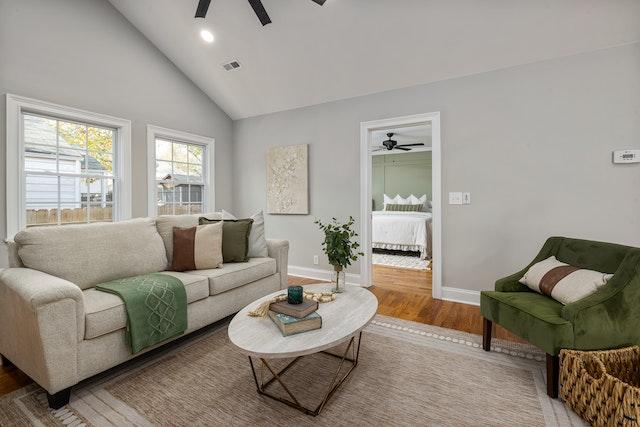
This is usually the first room guests will walk into, and you need to make a good first impression.
The key to deciding whether furniture in the living room should be placed on the rug or not is considering the size of the rug and the placement.
Most living room decors tend to favor having a rug in the center with furniture surrounding it or placed directly on it.
See also: Should A Rug Be In The Middle of The Room?
While a larger rug offers the luxury of having all your furniture on it, a smaller rug does not.
Therefore, interior designers summed up a few rules when placing furniture on a rug in the living room.
- All legs of a coffee table should be on the rug.
- All legs of couches, sofas, and chairs should touch the rug or be placed fully on the rug, if the rug is large enough to cover nearly the entire living room.
- For smaller rugs, ensure the front legs of all the couches and chairs are on the rug.
- The rug should only extend between 12 and 18 inches underneath the front legs of the furniture
- All side tables should always go on or off the rug, but never in between.
If you have open-plan spaces, the general rule is to have floating furniture on the rug.
Also, it’s essential to remember to always leave about a foot of space between the wall and the rug.
As much as a rug is large enough to have all furniture on it, having the carpet extend to the wall is one rule you should never break.
Although you can have the four legs of a coffee table on the rug, interior designers discourage using such small rugs.
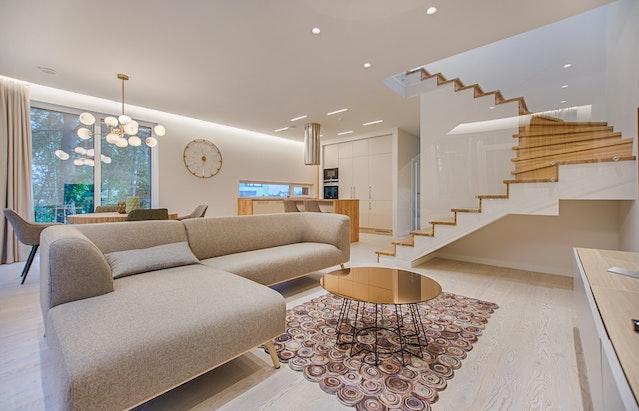
It’s also important to note that a rug that does not cover an area properly makes a large room appear like something is missing, while a tiny room feels cramped.
However, if you do end up having to use a small rug, you could always consider arranging the furniture around the rug to make up for its size.
Dining Room
Despite the life-long debate of whether there should even be a rug in the dining room, interior designers believe there are many advantages to having one.
A rug can also help to create a border around the dining table, drawing more attention to its attractive layout.
The pattern of the rug also adds a creative dimension that makes dining in this space comfortable and fun.
So basically, it makes the room more than just a place to share meals as it adds comfort and a splash of color to make the space visually appealing.
Still, without correctly arranging furniture on the rug, you may have a small issue on your hands.
A few rules for placing furniture in the dining room are:
- The table and chairs must all fit on the rug
- The dining table should be centered on the rug
- The chairs should be on the rug even when pulled out
- Consider the entire length of a table with leaves when measuring the rug, so it remains on the rug when the chairs are pulled out
- Other furniture in the dining room, such as china cabinets and bar carts, do not need to be on the rug
- As always, leave about 18 inches of floor space between the wall and the edge of the rug.
Placing furniture like a dining table on a rug also ensures the safety of hardwood floors.
This prevents any scratching or damage when chairs are pulled out, adding a protective barrier between the floor and the furniture.
Closing Thoughts
Just to quickly sum things up, furniture should be placed on rugs provided that the rug is large enough to accommodate these pieces.
For large rugs, placing the entire piece on the rug is preferred but you could always have the furniture just touching the rug even if the majority of the furniture is not on the rug.
Coffee tables, side tables, and floating furniture pieces should always be placed on a rug as the rug helps to tie these pieces together.
.
Although the placement, location, and type of rug you choose to place in your home largely depends on personal preference, using any of these tips and suggestions can definitely be beneficial toward the overall appeal and aesthetic of your space.
For instance, by incorporating a rug into the decor by anchoring furniture correctly, it’s easy to design a space that speaks volumes.
With the arrangement, layout, and placement of all elements in the space, your decor is bound to impress.
So, I hope these guidelines encouraged you to tap into your interior design skills and proved to be helpful for rearranging your furniture with the plan of making sure your home looks its best.
Recommended Post:
